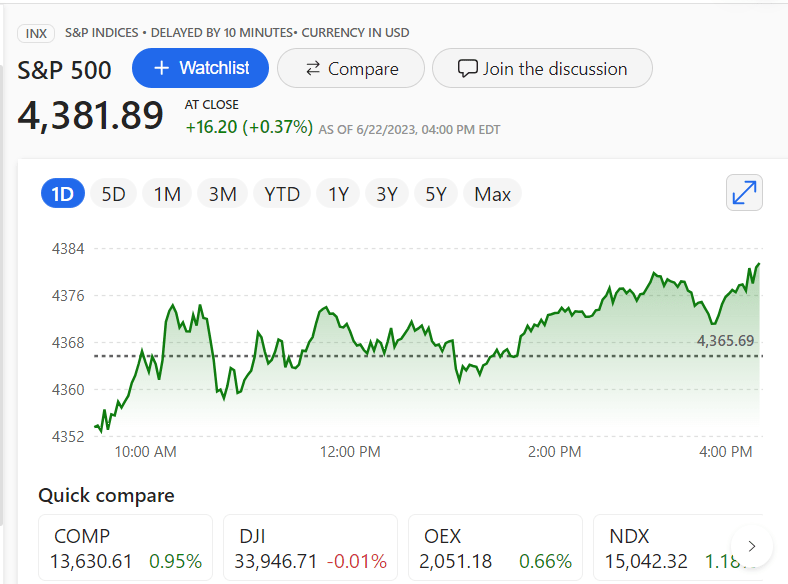The latest information on money flow in mutual funds is positive for stocks but negative for bonds.
If you just looked at the data, you would come to a different conclusion. According to EPFR-TrimTabs, U.S. equity funds (including both open-end and exchange-traded funds) have had a net outflow of $86.5 billion so far this year. In contrast, U.S. bond funds have had inflows of $169.9 billion.
It is important to consider fund flows in a contrarian manner, which is exemplified in the chart provided. Despite the successful performance of the stock market from 2016 through 2020, U.S. equity funds experienced net outflows each year during this time. However, in 2021, there was a shift to inflows just in time for the bear market of 2022.

In their actions, bond funds displayed some contrarian tendencies. They received a substantial amount of net inflows during the year 2021, which was their highest in a long time. However, during the year 2022, they went through their worst market downturn in decades, or even in their entire history.
The connection between the movement of money into or out of a fund and its performance is not always straightforward. There are instances when the opposite link shows itself promptly, while other cases take longer. Therefore, monetary data relating to the fund does not necessarily serve as a simple tool for predicting market timing over the long run. However, generally, when vast amounts of money enter a fund, the returns are at best average and frequently negative. Conversely, when there are massive outflows, returns are decent, if not better than expected.
Academic research has examined this connection. A study, which was published in the Review of Finance two years ago, discovered that, typically, exchange-traded funds (ETFs) experiencing large outflows tend to perform better than those experiencing large inflows for up to one year following these significant movements of funds.
During an interview, Matthew Ringgenberg, who is a finance professor at the University of Utah and co-wrote this research, elaborated on the probable order of actions that result in the insufficient performance. He stated that when ETFs are crowded with investors, primarily retail investors, its price goes beyond the net asset value of its own stocks. This excess value is eliminated by certain market facilitators referred to as authorized participants, who generate fresh ETF shares.
A study published in the Review of Financial Studies during the previous summer has identified a possible reason for underperformance – investor enthusiasm for the most popular funds and ETFs. The study discovered that narrowly-focused ETFs created to take advantage of investor trends, which usually experience a significant influx of funds shortly after their launch, underperform the market’s risk-adjusted return by 5% every year over the five-year period after their launch.
Investors have developed a strong fixation with the concept of artificial intelligence, as seen in a recent trend. An investigation published in Finance Research Letters shows that a stock had greater performance if it belonged to an ETF that featured the designation “AI.” This phenomenon resembles the phenomenon during the late 1990s internet bubble, in which stocks would demonstrate significantly improved results if the companies added “dot com” to their names.
These research findings highlight an important principle that goes against popular beliefs, which Warren Buffett articulated as “being cautious when others are taking risks, and taking risks when others are cautious.” The latest data on investment funds imply that the majority of stock-market investors are acting more cautiously than greedily. This is evident from the fact that, despite the S&P 500’s impressive growth of 15% in 2023, investors have generally withdrawn funds from U.S. equity funds.
Looking at the big picture, this is especially positive news. If average investors had eagerly joined the optimistic trend, those who oppose it would have more reason to be concerned about the durability of this new upward trend in the stock market. However, the fact that they have not done so indicates that there is a significant amount of cautious optimism that is backing this bullish market.




